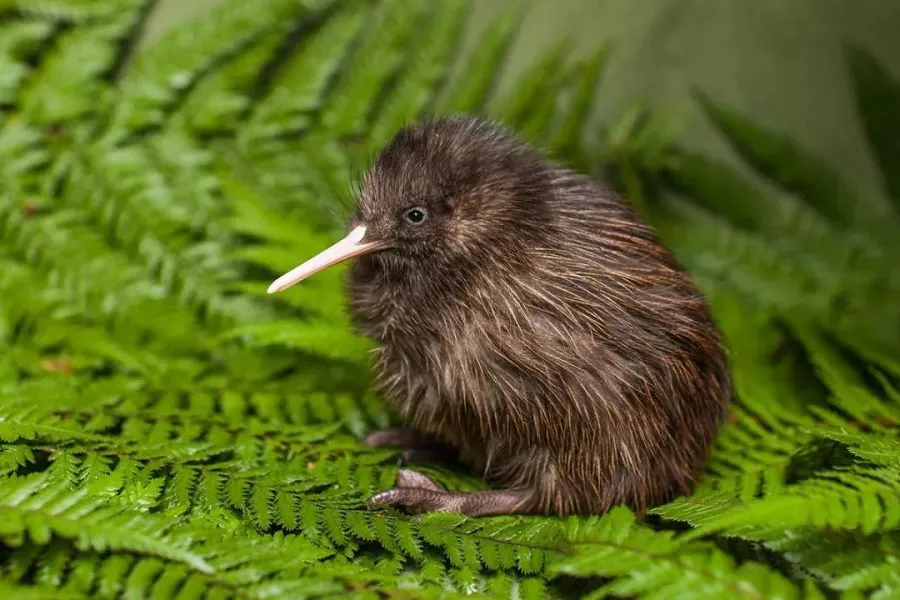Kiwi birds, recognized as a symbol of New Zealand, captivate the hearts of many with their distinctive appearance and intriguing behaviors. To understand and conserve these unique avian species, it is crucial to explore their natural habitats and ecological requirements. This article delves into the diverse habitats where kiwi birds can be found, shedding light on their distribution, habitat preferences, and the significance of preserving these environments.
Distribution and Native Range:
Kiwi birds are endemic to New Zealand, making them an iconic representative of the country’s avifauna. Historically, they were distributed throughout the country, inhabiting a range of ecosystems, including forests, scrublands, and grasslands. However, due to habitat loss and predation by introduced species, their populations have significantly declined, and their distribution has become more fragmented.
Habitat Diversity:
Kiwi birds exhibit a remarkable ability to adapt to different habitats within their native range. There are five different species of kiwi birds found across the North and South Islands of New Zealand, each with its own specific habitat requirements. The North Island Brown Kiwi, Great Spotted Kiwi, Little Spotted Kiwi, and Okarito Brown Kiwi are all found on the North Island, while the Southern Brown Kiwi is exclusive to the South Island.
1. Forested Environments:
Kiwi birds, particularly the North Island brown kiwi and the great spotted kiwi, are predominantly associated with native forests.
These birds thrive in a variety of forest types, including lowland, upland, and coastal forests, characterized by dense vegetation, leaf litter, and a diverse array of plant species.
2. Scrublands and Shrublands:
The little spotted kiwi and the rowi kiwi are known to occupy shrublands and scrublands, which are characterized by low-growing vegetation, shrubs, and tussock grasses.
These habitats provide suitable foraging grounds for kiwi birds, offering a mix of invertebrates and plant matter.
3. Grasslands and Alpine Areas:
The tokoeka kiwi is known to inhabit grasslands and alpine areas, including subalpine shrublands and tussock grasslands.
These open habitats provide ample opportunities for foraging, where kiwi birds can easily probe the soil for invertebrates.
4. Coastal Environments:
Some species, such as the North Island brown kiwi and the little spotted kiwi, also occupy coastal habitats, including sand dunes, estuaries, and adjacent vegetation.
These areas offer a unique combination of terrestrial and marine resources, such as worms, insects, and fruits.
Conservation and Habitat Management:
Preserving and managing the diverse habitats of kiwi birds is essential for their long-term survival. Several initiatives have been undertaken to protect these habitats and mitigate the threats they face.
1. Reforestation and Habitat Restoration:
Restoring native forests and planting indigenous tree species play a vital role in providing suitable habitats for kiwi birds.
Reforestation efforts aim to increase forest cover, enhance connectivity between fragmented habitats, and establish predator-proof sanctuaries.
2. Predator Control:
Introduced predators, such as stoats, ferrets, cats, and dogs, pose a significant threat to kiwi bird populations.
Implementing predator control measures, such as trapping and poisoning, is crucial to reduce predation pressure and create safer environments for kiwi birds.
3. Ecosystem Management:
Integrated ecosystem management approaches encompass habitat restoration, pest control, and community engagement to ensure the overall health and resilience of kiwi bird habitats.
Collaboration between conservation organizations, landowners, and local communities is instrumental in implementing effective ecosystem management strategies.
Conclusion:
Kiwi birds display remarkable adaptability to a range of habitats, including forests, scrublands, grasslands, and coastal areas. Understanding their habitat preferences and promoting conservation efforts tailored to these preferences are vital for their continued survival. By preserving and restoring their native habitats, controlling introduced predators, and adopting sustainable land management practices, we can safeguard the future of these iconic and cherished birds. It is our collective responsibility to ensure the preservation of the diverse environments that kiwi birds call home, allowing future generations to witness their captivating presence in the wild.


 Facebook
Facebook  Instagram
Instagram  Youtube
Youtube 